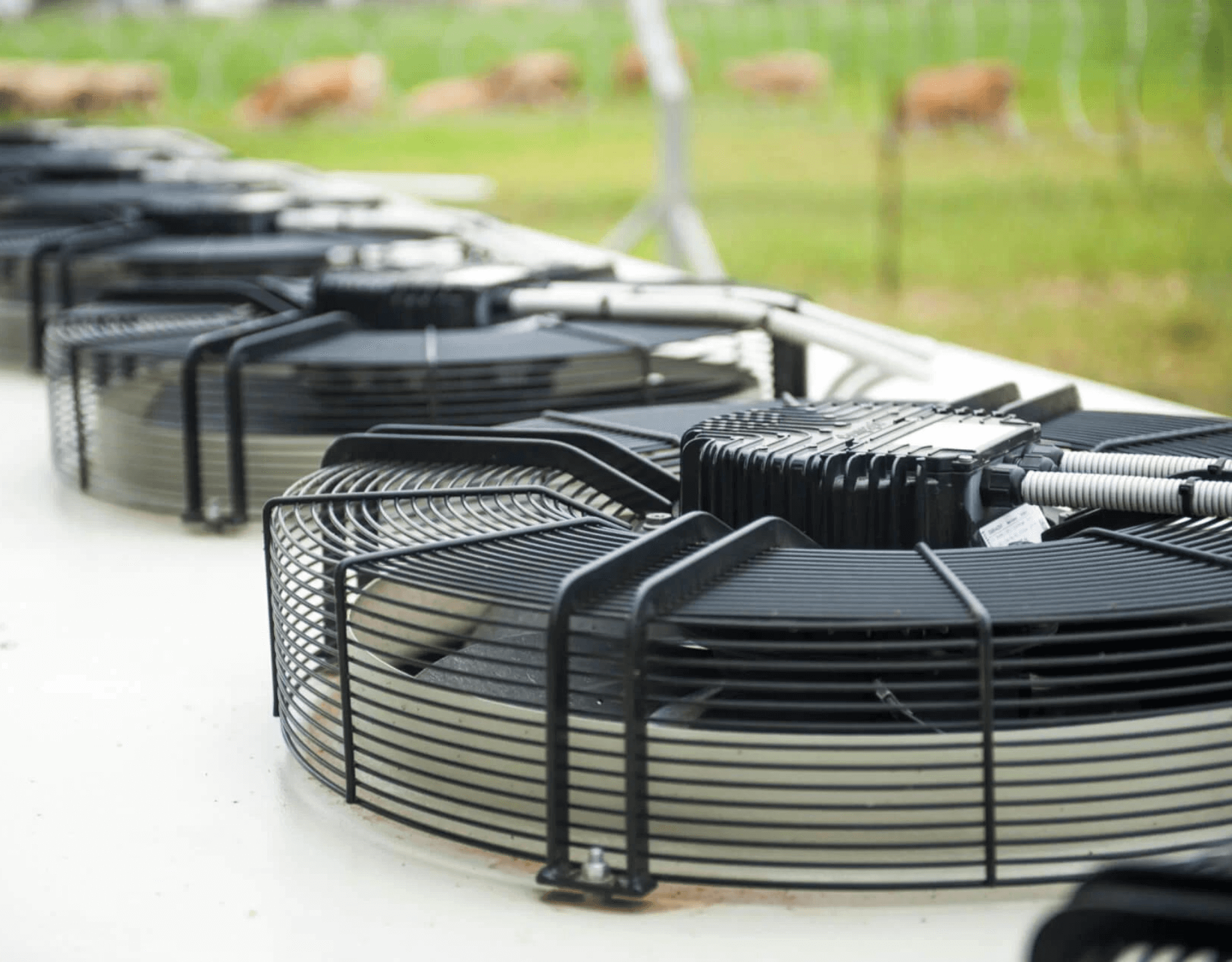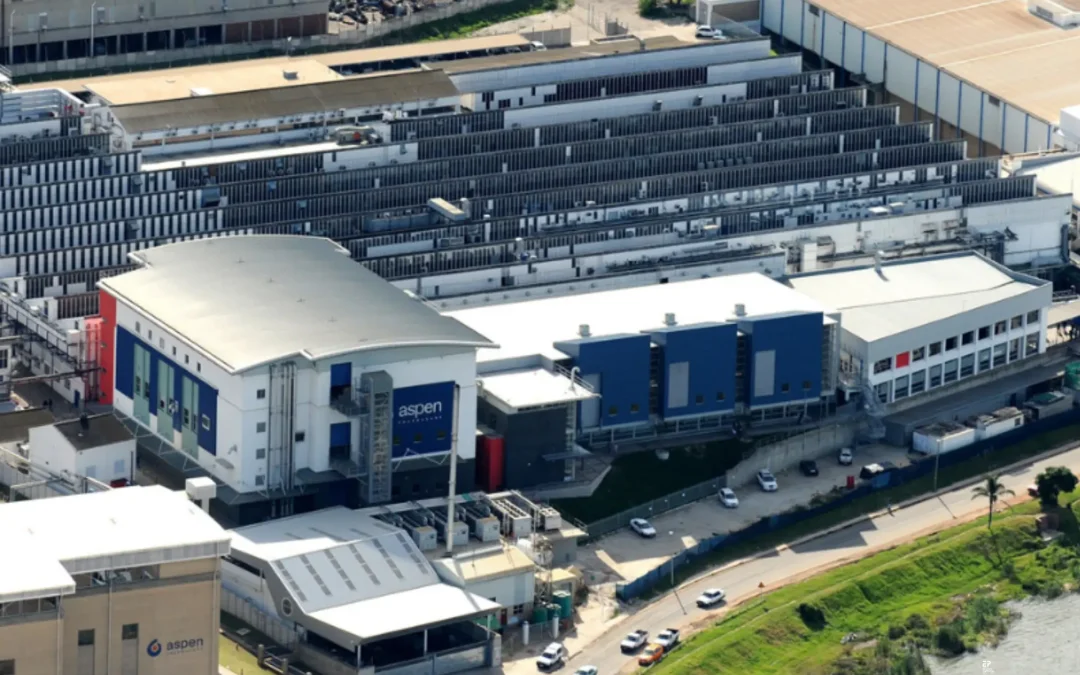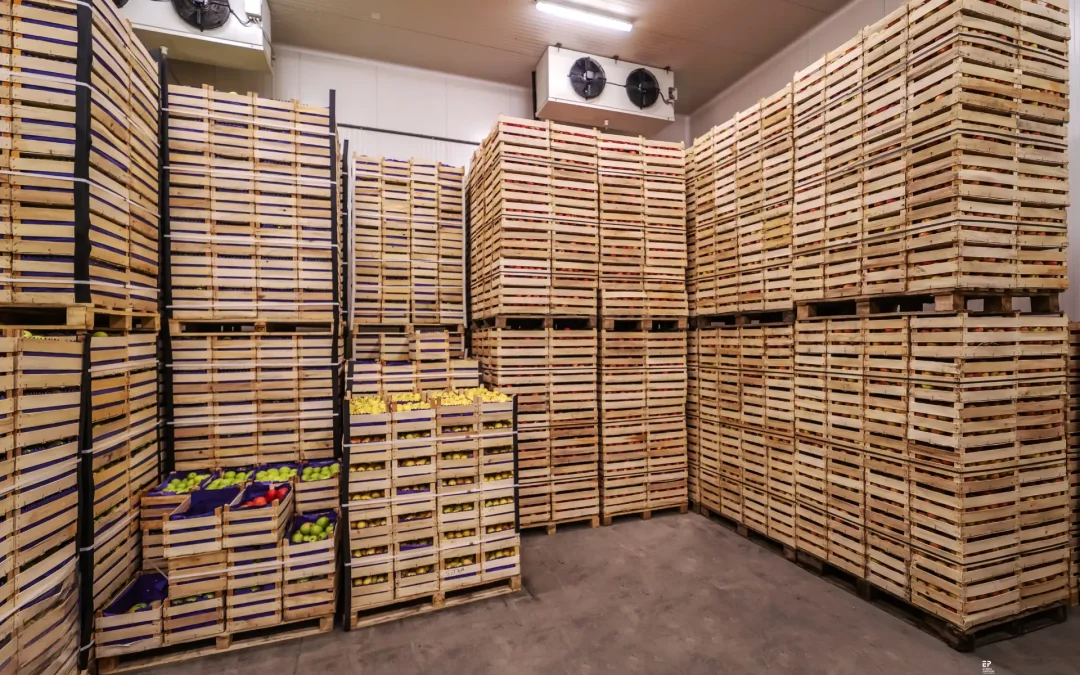In 2023, the pressure will continue to mount for local food producers, cold storage facilities, and a myriad of other businesses that depend on cooling systems in their daily operations. Cooling, by far dominates operational costs in terms of energy consumption, an inescapable reality for the vast majority of businesses. Considering the fact that Eskom’s latest application to the National Energy Regulator of South Africa (Nersa) amounts to a 32% price hike in 2023, these businesses have good reason to prioritise efficient cooling systems. However, as systems age, operating at optimal efficiency becomes progressively more challenging.
This is according to Dawie Kriel, General Manager at EP Refrigeration – a division of Energy Partners and part of the PSG group of companies – who notes that the efficiency of complex cooling systems reduces by between 1% and 4% per year if not actively managed. “The loss compounds in cooling systems that are between 10 and 20 years old, an age range commonly found in practice, and although businesses proactively maintain and manage, their systems the loss of efficiency over this kind of timeline becomes very noticeable.”
He explains that there are indeed many factors that contribute to lost efficiency. “Although the system’s age permits for more things to go wrong and for wear and tear to take its toll, the behaviour of service staff who are often only incentivized to maintain temperatures, can be the main culprits in efficiency losses. Changing loads or breakdowns often prompt unplanned changes to the system in an attempt to keep temperatures in check. This along with faulty components and poor sensor calibration can move the system away from its commissioned status. To make things worse, the coefficient of performance (CoP) is almost never measured making improvements very difficult. Reliability also starts to suffer, as the impact of poor control accelerates component failure.
“Poor reliability not only wastes energy, but increases product losses, which is an even bigger risk – both financially and to a business’ ultimate reputation.”
Kriel adds that a surprising number of systems are also just inefficient from the day of their installation. “Poor design and insufficient commissioning are difficult to fix afterwards “. Good data-driven commissioning is essential for cooling systems to start on the right track, while regular re-commissioning is required to keep it there. It is clear from our own experience that this is something that we don’t often see when arriving on a site.” The reason is clear, it costs money, and it is difficult to understand the return on investment if efficiency cannot be measured and reported on.
Kriel comments that it is therefore little wonder why a service provider like EP Refrigeration can reduce a client’s energy usage by 20% to 50%, once brought in to manage and maintain a system using our CaaS model. “One of the keys to drastically increasing efficiency is to measure CoP and introduce modern controls into an existing system. They are often quite complex, and require good data and training to utilise effectively, but they can produce great results.”
With that in mind Kriel argues that the best way to combat efficiency losses brought about by ageing cooling systems, is through Cooling-as-a-Service (CaaS) contract. “Our recommendation to clients is to allow a dedicated service provider who is incentivized for efficiency, to take responsibility for the operation and maintenance of their cooling system. This will produce the best long-term results, because sharing in the efficiency risk is for the experts. Even if a business wanted to keep the operation and maintenance of its refrigeration system in-house, specialist skills like these have become exceedingly scarce and expensive to employ full-time.”
According to Kriel, improving refrigeration infrastructure begins by adding tools to measure and communicate with the existing system. “Once we know how the system performs, we can start with changes that cost little to nothing. Comprehensive maintenance may be needed to bring a system up to manufacturer’s specification. Only after that step is complete, do we look at architecture and what can be changed to improve efficiency. From our experience, re-commissioning and maintenance recovery will add a minimum of 10% to efficiency in cases where this has not been done regularly.”
From there, adding state-of-the-art components and changing parts of the system as needed, results in further cost reductions that improve a client’s energy consumption potentially by leaps and bounds. “Keeping a business going in the modern economic environment is tough by any standard, and the ability to cut any operational cost by such large margins is incredibly important to a company’s continued survival. That is just one of the reasons why I have no doubt that CaaS is the way of the future.”





